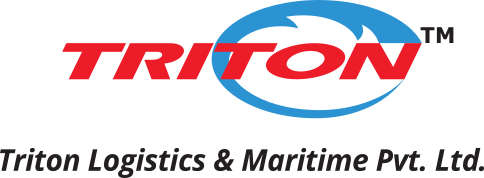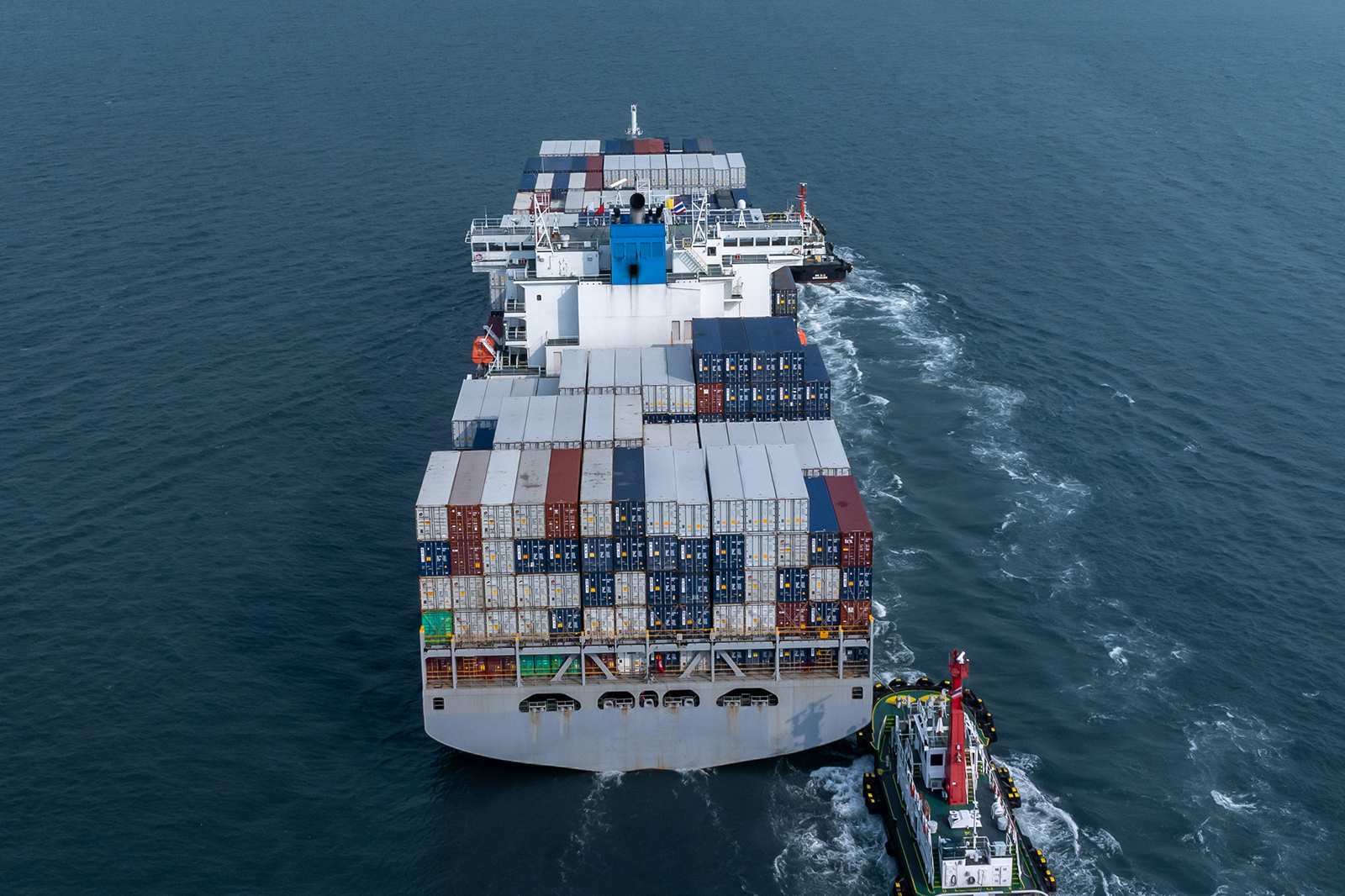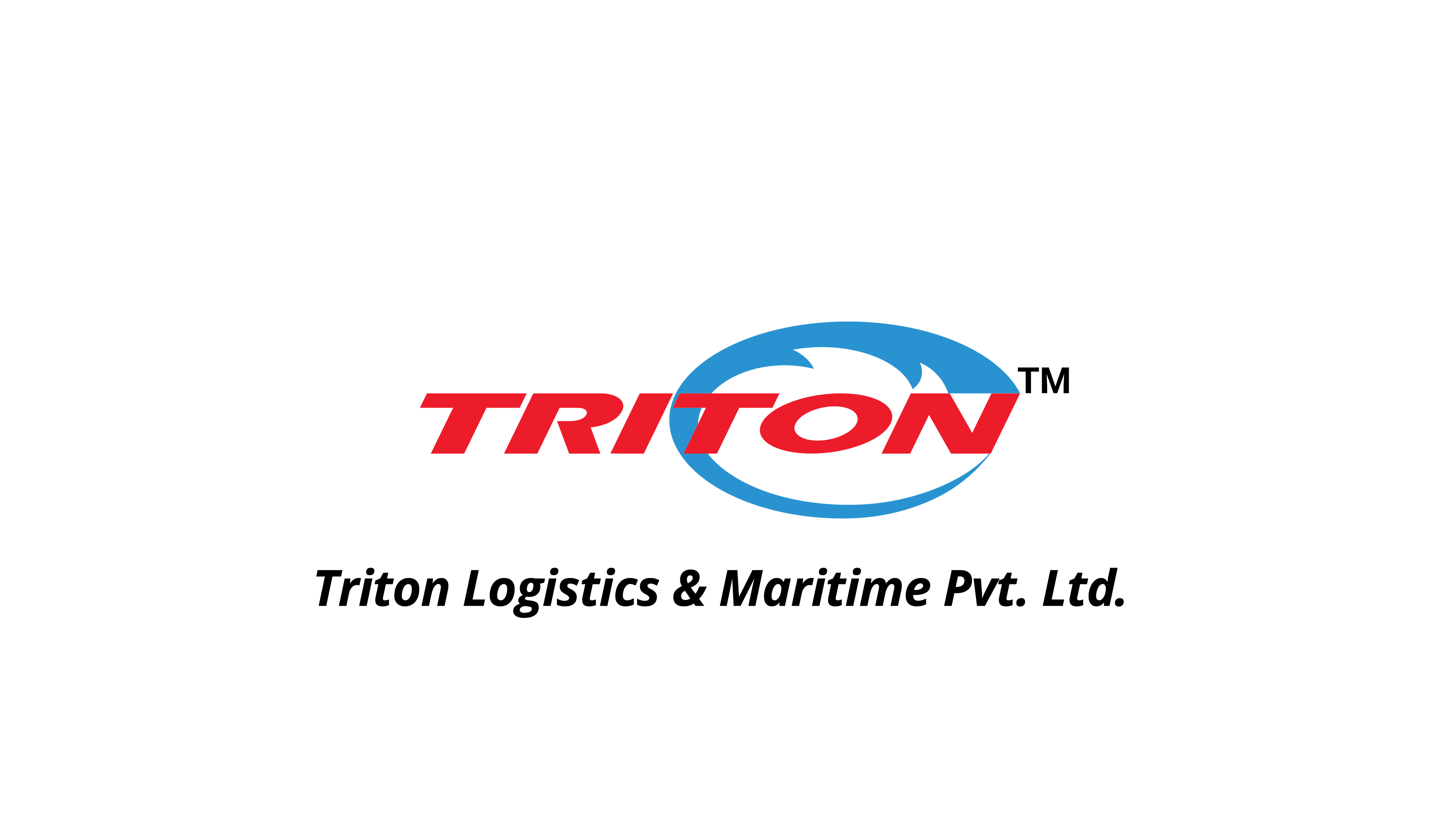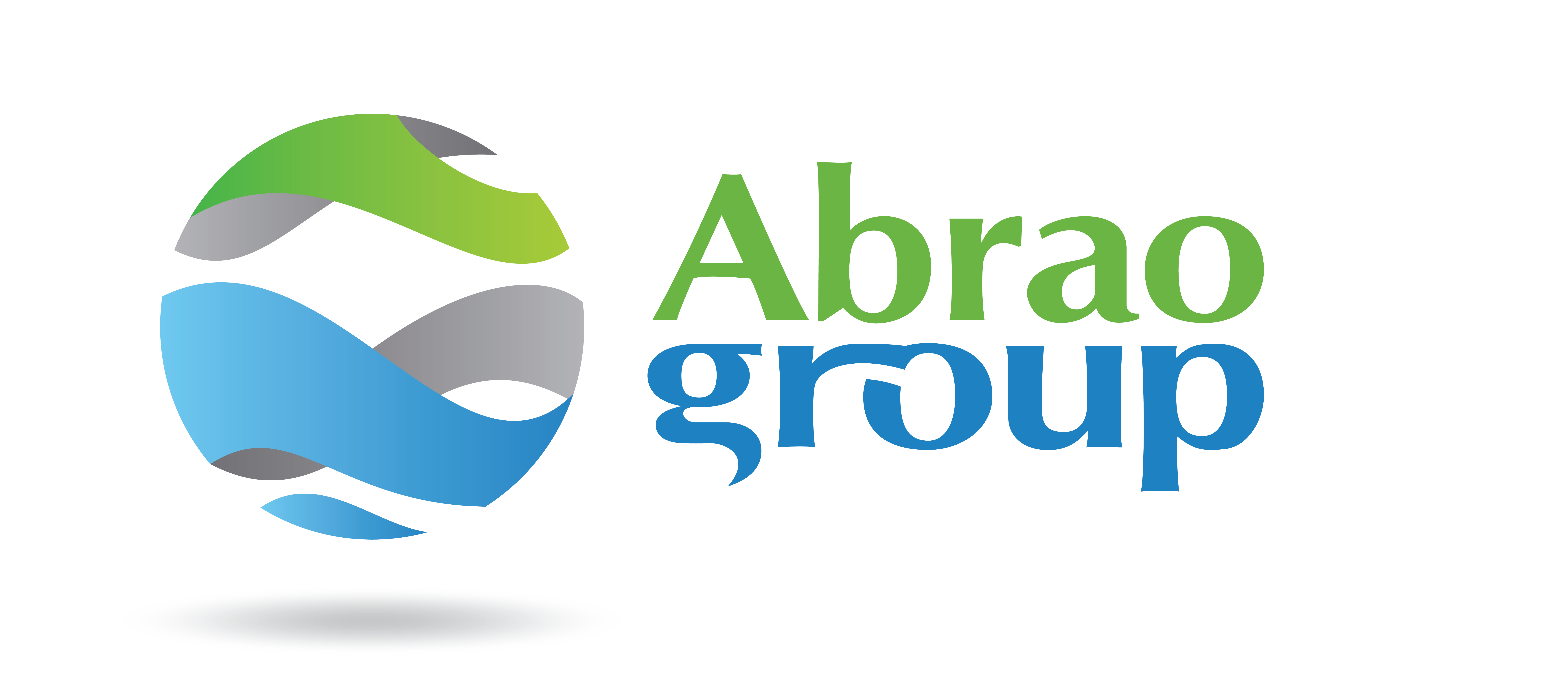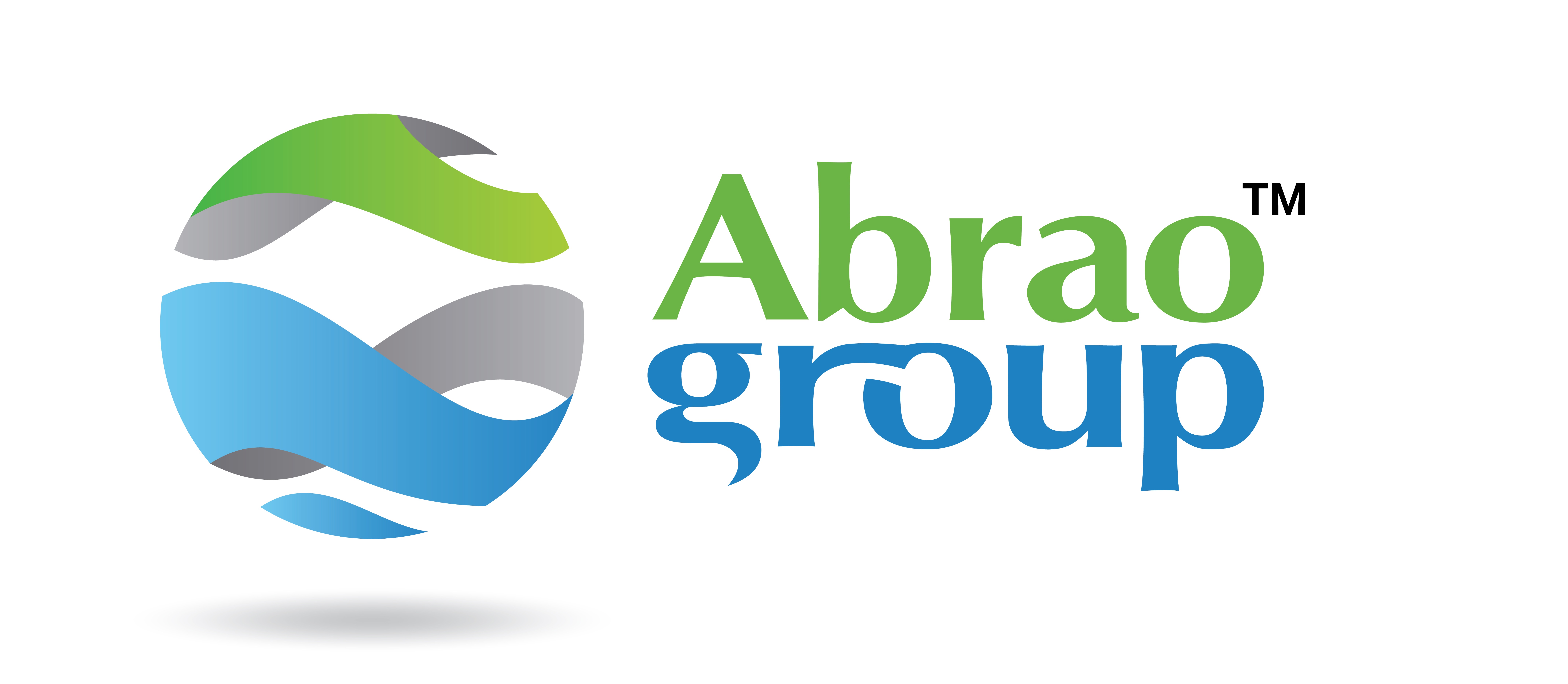India is undergoing a remarkable transformation in its maritime and logistics landscape. As the world’s fifth-largest economy and an emerging global manufacturing hub, India’s strategic investments in port infrastructure and trade corridors are setting the stage for a new era of economic leadership. At the center of this evolution are engineering parts and two powerful forces: the India-Middle East-Europe Economic Corridor (IMEC). Additionally, the nation’s ambitious port modernization initiatives play a crucial role. Together, they are redefining India’s position as a global logistics and trade hub.
Unlocking Geopolitical Potential with IMEC
The India-Middle East-Europe Economic Corridor, announced during the G20 Summit in 2023, is more than just a trade route—it’s a geopolitical game-changer. It is designed to rival China’s Belt and Road Initiative. IMEC aims to strengthen supply chains, reduce shipping times, and improve connectivity between India, the Middle East, and Europe.
Comprising rail and maritime segments, IMEC will allow for seamless cargo movement from Indian ports like Mundra, Nhava Sheva, and Kochi. It will pass through UAE and Saudi Arabia, and onwards to Europe via Haifa in Israel and Piraeus in Greece. This corridor is poised to boost India-Europe trade relations and reduce dependency on traditional chokepoints like the Suez Canal.
For India, IMEC represents an opportunity to:
-
Diversify trade routes and enhance resilience
-
Increase foreign investment in port and rail infrastructure
-
Accelerate regional integration across the Gulf and Mediterranean zones
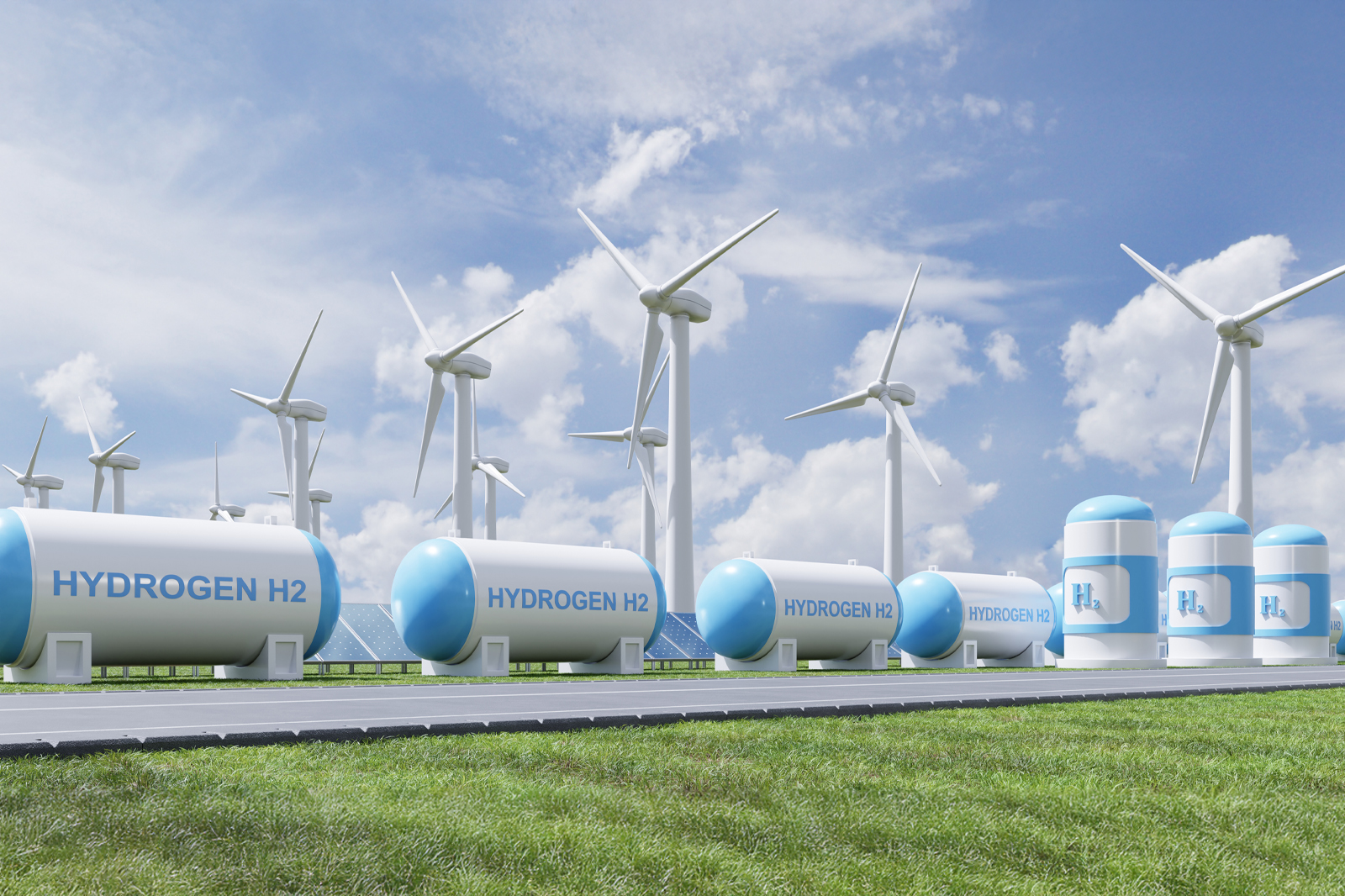
Modernizing Indian Ports for Global Competitiveness
Parallel to IMEC’s development, India has fast-tracked its port modernization drive, anchored in the Maritime India Vision 2030. The government aims to transform India’s ports into world-class logistics centers equipped with smart technologies, green infrastructure, and multimodal connectivity.
One of the most significant moves in this direction is the Vadhavan Port project near Mumbai, approved in June 2024. With an estimated investment of $9.14 billion, the port will have a handling capacity of 298 million metric tons per annum. Moreover, it will have the ability to accommodate Ultra Large Container Vessels (ULCVs). This single development could add over 70% capacity to India’s container-handling infrastructure. It will bolster its role as a central logistics player in South Asia.
Other key port initiatives include:
-
Expansion of JNPT, Kandla, and Chennai ports
-
Private investments via the Public-Private Partnership (PPP) model
-
Integration with the Dedicated Freight Corridors (DFC) and industrial zones under the PM Gati Shakti Master Plan
These upgrades aim to reduce turnaround time, improve cargo efficiency, and attract international shipping lines to Indian shores.
Powering a Sustainable Future with Green Hydrogen Pipelines
One of the most visionary aspects of IMEC is the plan to build clean hydrogen pipelines across the corridor. India’s National Green Hydrogen Mission aligns perfectly with this, targeting 5 million metric tonnes of green hydrogen production by 2030.
Mr. Wagh emphasized that India is no longer just an energy consumer — it is becoming an energy supplier. By exporting green hydrogen to Europe and West Asia, India can reduce global emissions and create a new export economy, projected to be worth over $12 billion annually by 2030 (Source: IEA).
This initiative cements India’s role in the global green transition, while also attracting ESG-conscious foreign investments into its ports and allied infrastructure.

Geopolitics Meets Strategy with The Chabahar Link
Mr. Wagh also referenced Chabahar Port, a long-standing Indian strategic investment in Iran. With IMEC’s development, Chabahar gains renewed importance as a gateway to Central Asia. It allows India to bypass traditional routes through Pakistan and access untapped markets.
This not only reduces nautical miles for Persian Gulf-bound trade but also enhances India’s regional influence. In fact, Chabahar is already seeing a 40% increase in cargo movement (Source: Indian Ministry of Ports, Shipping and Waterways).
Digitalization and Trade Facilitation: A National Priority
What stands out across Mr. Wagh’s address is the convergence of multiple national strategies: Make in India, Sagarmala, PM Gati Shakti, and now IMEC — all focused on reducing friction in the movement of goods.
Digital documentation, single-window clearances, port-led industrialization, and multimodal connectivity are no longer pilot projects. They are being mainstreamed. This is India’s shift from a developing trade partner to a strategic logistics hub for the world.
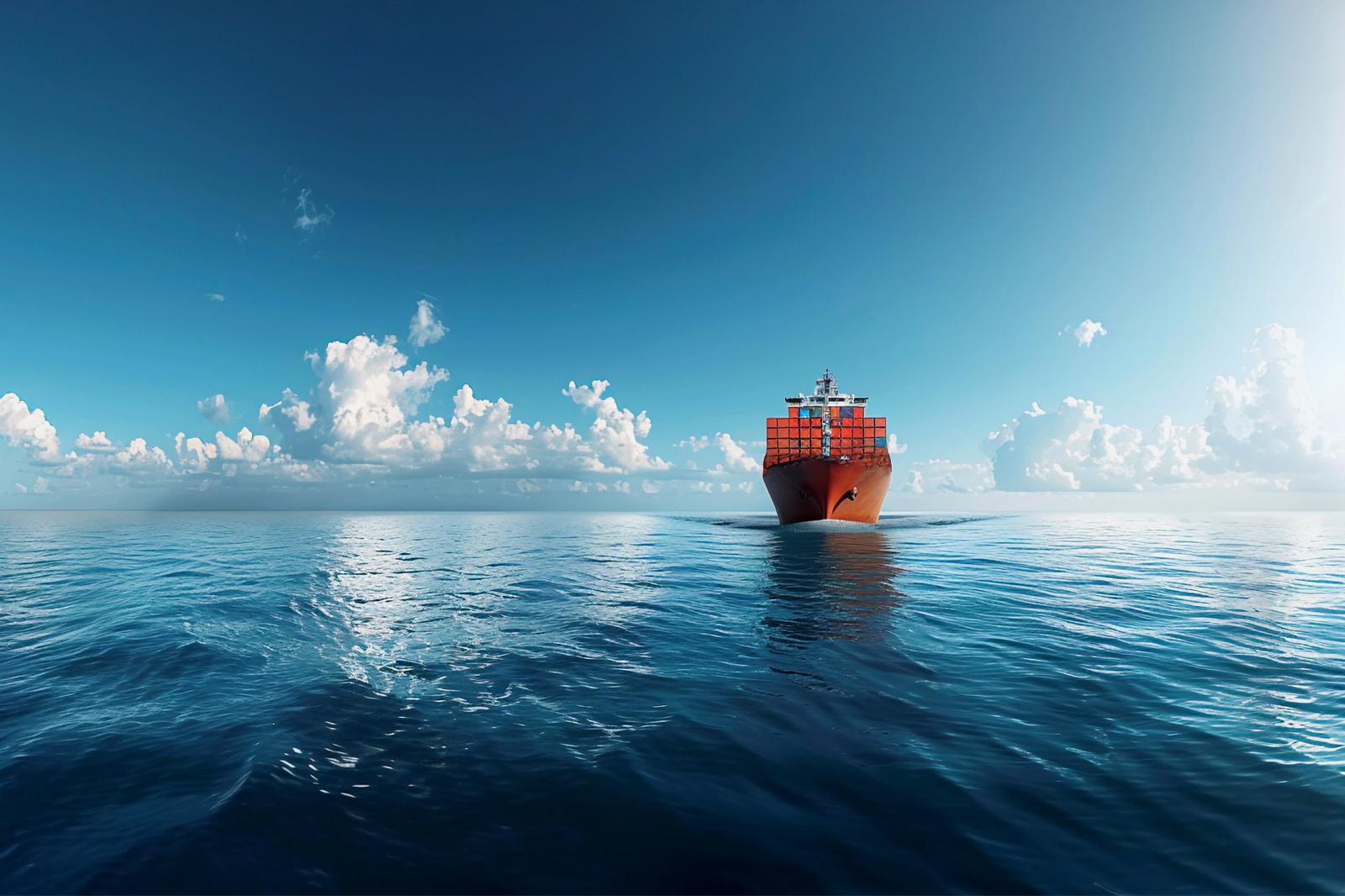
A New Dawn for Indian Trade
The speech by Mr. Unmesh Wagh wasn’t just a reflection of port policy. Instead, it was a window into India’s larger ambition: to build a future-ready trade ecosystem. This ecosystem aims to be green, globally integrated, and geopolitically agile.
These moves — IMEC, green hydrogen, Chabahar, and digital port reforms — are not isolated developments. They are threads in a larger fabric of national transformation.
India is no longer just participating in global trade. It is shaping its future — intelligently, strategically, and sustainably.
At Triton, we believe in navigating this transformation by aligning with such forward-looking strategies. Our goal is ensuring that logistics doesn’t just support growth, but powers it.
